Screenshot of mobile version of blog
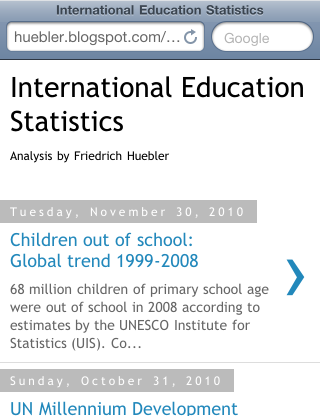
Related articles
Friedrich Huebler, 17 December 2010 (edited 18 December 2010), Creative Commons License
Permanent URL: http://huebler.blogspot.com/2010/12/mobile.html
Analysis by Friedrich Huebler

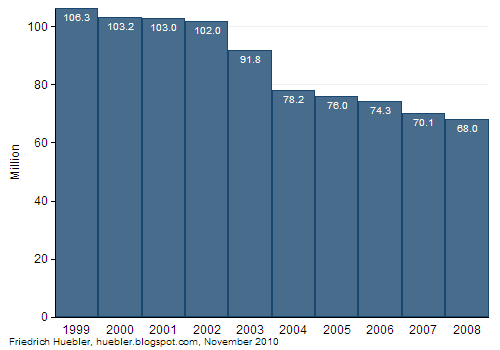
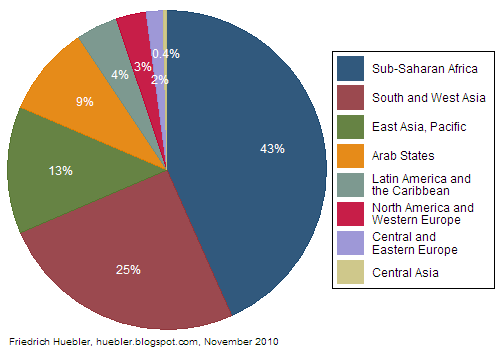
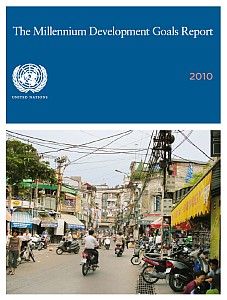 On 20-22 September 2010, world leaders met at the United Nations in New York on the occasion of the 10-year anniversary of the Millennium Summit of 2000. One outcome of the 2000 Summit was the adoption of eight Millennium Development Goals (MDGs).
On 20-22 September 2010, world leaders met at the United Nations in New York on the occasion of the 10-year anniversary of the Millennium Summit of 2000. One outcome of the 2000 Summit was the adoption of eight Millennium Development Goals (MDGs).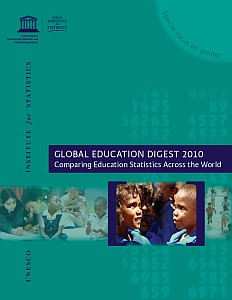 On 17 September, the UNESCO Institute for Statistics (UIS) announced the publication of the Global Education Digest 2010. This year's edition of the GED focuses on gender and education.
On 17 September, the UNESCO Institute for Statistics (UIS) announced the publication of the Global Education Digest 2010. This year's edition of the GED focuses on gender and education.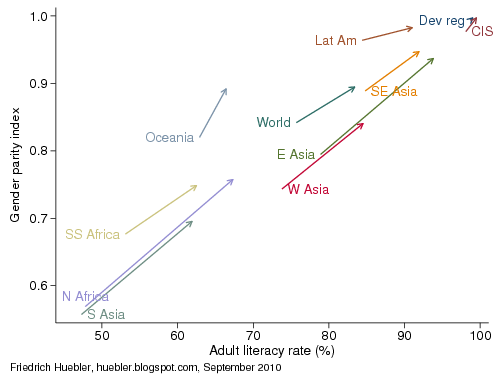
| MDG region | Year | Adult literacy rate (%) | |||
| Total | Male | Female | GPI | ||
| Developed regions | 1990 | 98.7 | 99.0 | 98.4 | 0.99 |
| 2008 | 99.0 | 99.2 | 98.9 | 1.00 | |
| Commonwealth of Independent States | 1990 | 98.1 | 99.4 | 97.1 | 0.98 |
| 2008 | 99.5 | 99.7 | 99.4 | 1.00 | |
| Eastern Asia | 1990 | 78.9 | 87.7 | 69.7 | 0.80 |
| 2008 | 93.8 | 96.8 | 90.7 | 0.94 | |
| South-Eastern Asia | 1990 | 84.8 | 90.0 | 80.0 | 0.89 |
| 2008 | 91.9 | 94.5 | 89.5 | 0.95 | |
| Southern Asia | 1990 | 47.3 | 60.1 | 33.5 | 0.56 |
| 2008 | 61.9 | 73.2 | 50.9 | 0.70 | |
| Western Asia | 1990 | 73.8 | 84.2 | 62.6 | 0.74 |
| 2008 | 84.5 | 91.5 | 76.9 | 0.84 | |
| Northern Africa | 1990 | 47.8 | 60.8 | 34.6 | 0.57 |
| 2008 | 67.3 | 76.7 | 58.1 | 0.76 | |
| Sub-Saharan Africa | 1990 | 53.1 | 63.7 | 43.1 | 0.68 |
| 2008 | 62.5 | 71.6 | 53.6 | 0.75 | |
| Latin America and the Caribbean | 1990 | 84.4 | 85.9 | 82.8 | 0.96 |
| 2008 | 91.0 | 91.9 | 90.3 | 0.98 | |
| Oceania | 1990 | 62.9 | 68.9 | 56.5 | 0.82 |
| 2008 | 66.4 | 70.2 | 62.6 | 0.89 | |
| World | 1990 | 75.7 | 82.2 | 69.2 | 0.84 |
| 2008 | 83.4 | 88.2 | 78.9 | 0.90 | |

| ISCED level | Description |
| 0 | Pre-primary education Initial stage of organized instruction, designed primarily to introduce very young children to a school-type environment. |
| 1 | Primary education Normally designed to give pupils a sound basic education in reading, writing and mathematics. |
| 2 | Lower secondary education The lower secondary level of education generally continues the basic programmes of the primary level, although teaching is typically more subject-focused, often employing more specialised teachers who conduct classes in their field of specialisation. |
| 3 | Upper secondary education The final stage of secondary education in most countries. Instruction is often more organised along subject-matter lines than at ISCED level 2 and teachers typically need to have a higher level, or more subject-specific, qualification than at ISCED 2. |
| 4 | Post-secondary non-tertiary education These programmes straddle the boundary between upper secondary and postsecondary education from an international point of view, even though they might clearly be considered as upper secondary or post-secondary programmes in a national context. They are often not significantly more advanced than programmes at ISCED 3 but they serve to broaden the knowledge of participants who have already completed a programme at level 3. The students are typically older than those in ISCED 3 programmes. ISCED 4 programmes typically have a duration of 6 months to 2 years. |
| 5 | First stage of tertiary education ISCED 5 programmes have an educational content more advanced than those offered at levels 3 and 4. ISCED 5A programmes are largely theoretically based and are intended to provide sufficient qualifications for gaining entry into advanced research programmes and professions with high skills requirements. ISCED 5B programmes are generally more practical/technical/occupationally specific than ISCED 5A programmes. |
| 6 | Second stage of tertiary educationThis level is reserved for tertiary programmes that lead to the award of an advanced research qualification. The programmes are devoted to advanced study and original research. |

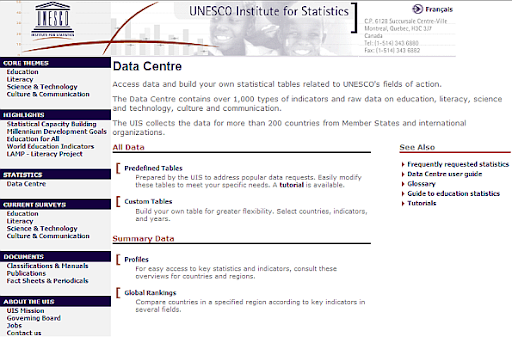
| Age | Countries | Percent |
| 4 years | 1 | 0.5 |
| 5 years | 29 | 14.2 |
| 6 years | 126 | 61.8 |
| 7 years | 47 | 23.0 |
| 8 years | 1 | 0.5 |
| Total | 204 | 100.0 |
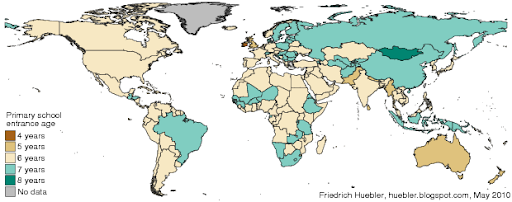
| Age | Countries | Percent |
| 3 years | 3 | 1.5 |
| 4 years | 26 | 12.8 |
| 5 years | 23 | 11.3 |
| 6 years | 126 | 61.8 |
| 7 years | 25 | 12.3 |
| 8 years | 1 | 0.5 |
| Total | 204 | 100.0 |
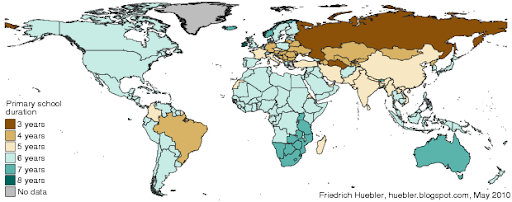
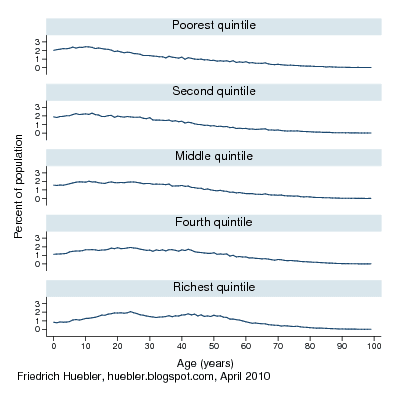
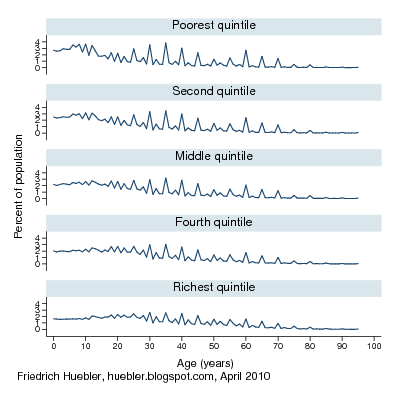
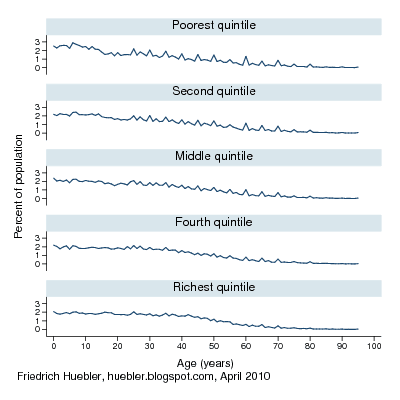
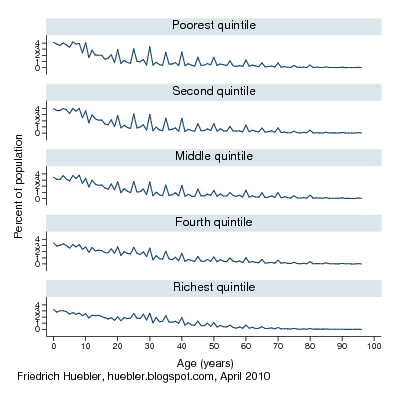
| Region | Primary | Lower secondary | Total |
| Sub-Saharan Africa | 124.9 | 57.9 | 182.7 |
| Arab States | 41.4 | 21.9 | 63.5 |
| South and West Asia | 176.8 | 106.8 | 284.2 |
| Central Asia | 5.6 | 8.0 | 13.8 |
| East Asia and the Pacific | 173.8 | 106.5 | 281.2 |
| Central and Eastern Europe | 22.2 | 20.3 | 42.1 |
| North America and Western Europe | 50.8 | 31.0 | 81.6 |
| Latin America and the Caribbean | 58.6 | 35.9 | 93.7 |
| World | 652.6 | 388.2 | 1042.5 |
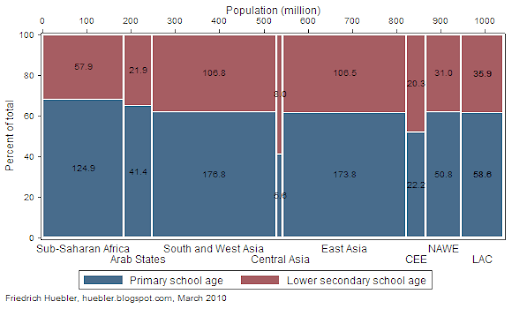
| Region | Primary | Lower secondary | Total | |||
| Percent | Million | Percent | Million | Percent | Million | |
| Sub-Saharan Africa | 25.8 | 32.2 | 36.8 | 21.3 | 29.3 | 53.5 |
| Arab States | 13.9 | 5.8 | 19.5 | 4.3 | 15.8 | 10.0 |
| South and West Asia | 10.2 | 18.0 | 27.3 | 29.1 | 16.6 | 47.2 |
| Central Asia | 4.8 | 0.3 | 4.9 | 0.4 | 4.8 | 0.7 |
| East Asia and the Pacific | 5.2 | 9.0 | 10.0 | 10.6 | 7.0 | 19.7 |
| Central and Eastern Europe | 7.0 | 1.6 | 9.6 | 1.9 | 8.3 | 3.5 |
| North America and Western Europe | 3.8 | 1.9 | 4.3 | 1.3 | 4.0 | 3.3 |
| Latin America and the Caribbean | 5.1 | 3.0 | 5.5 | 2.0 | 5.3 | 5.0 |
| World | 11.0 | 71.8 | 18.3 | 71.0 | 13.7 | 142.8 |
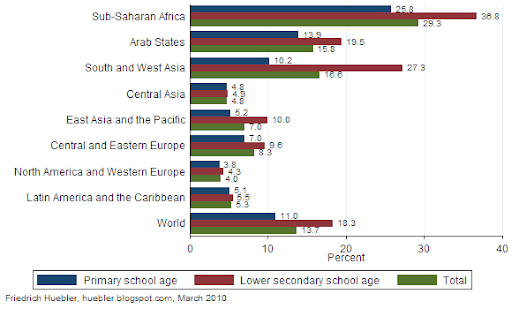

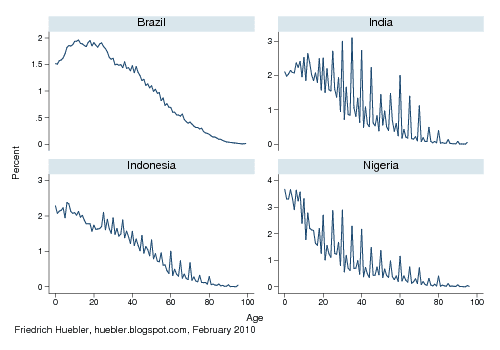

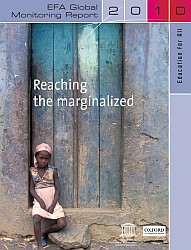 The Education for All Global Monitoring Report 2010 was released on 19 January 2010. The Global Monitoring Report is written annually by an independent team and published by UNESCO.
The Education for All Global Monitoring Report 2010 was released on 19 January 2010. The Global Monitoring Report is written annually by an independent team and published by UNESCO.